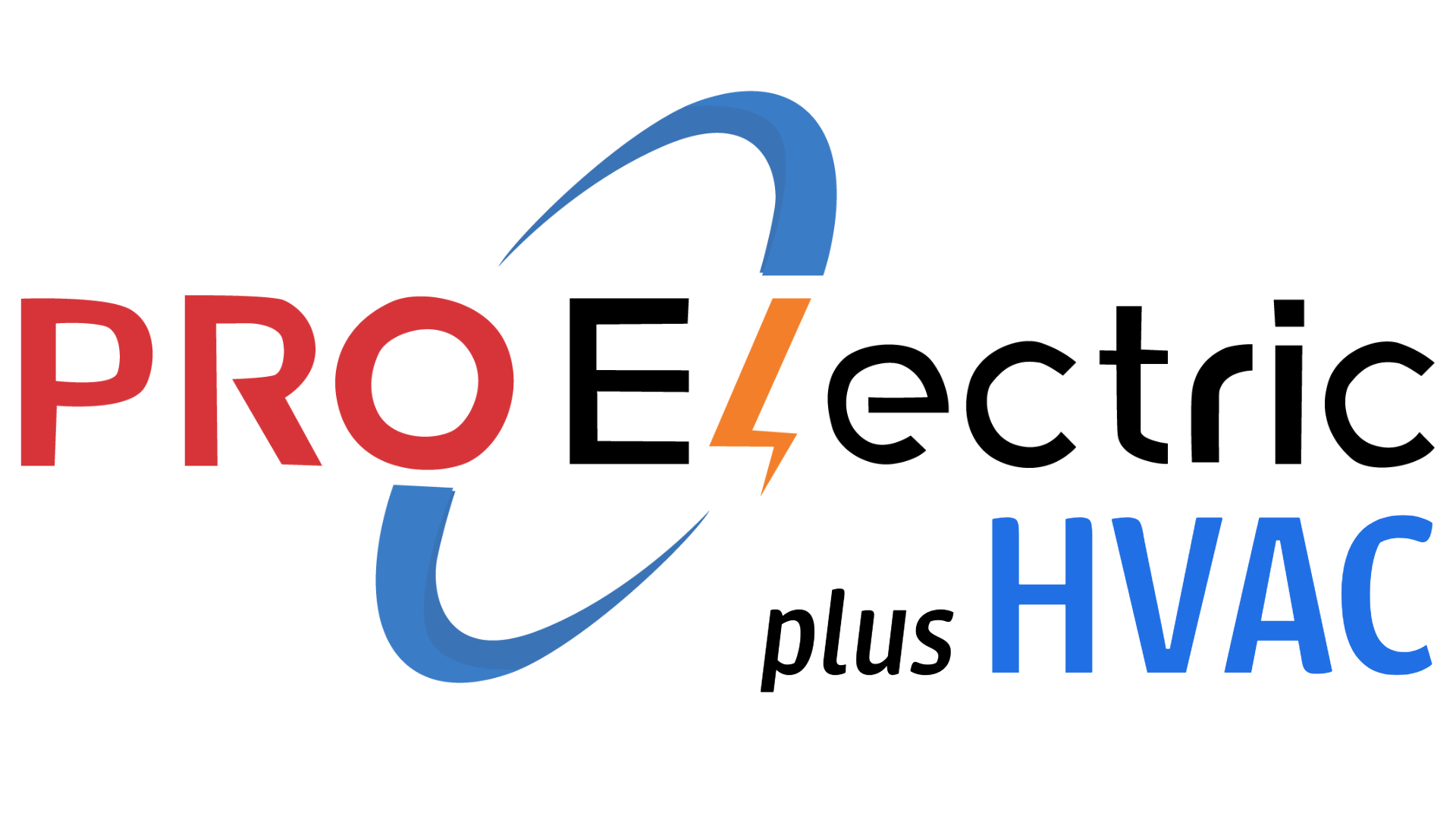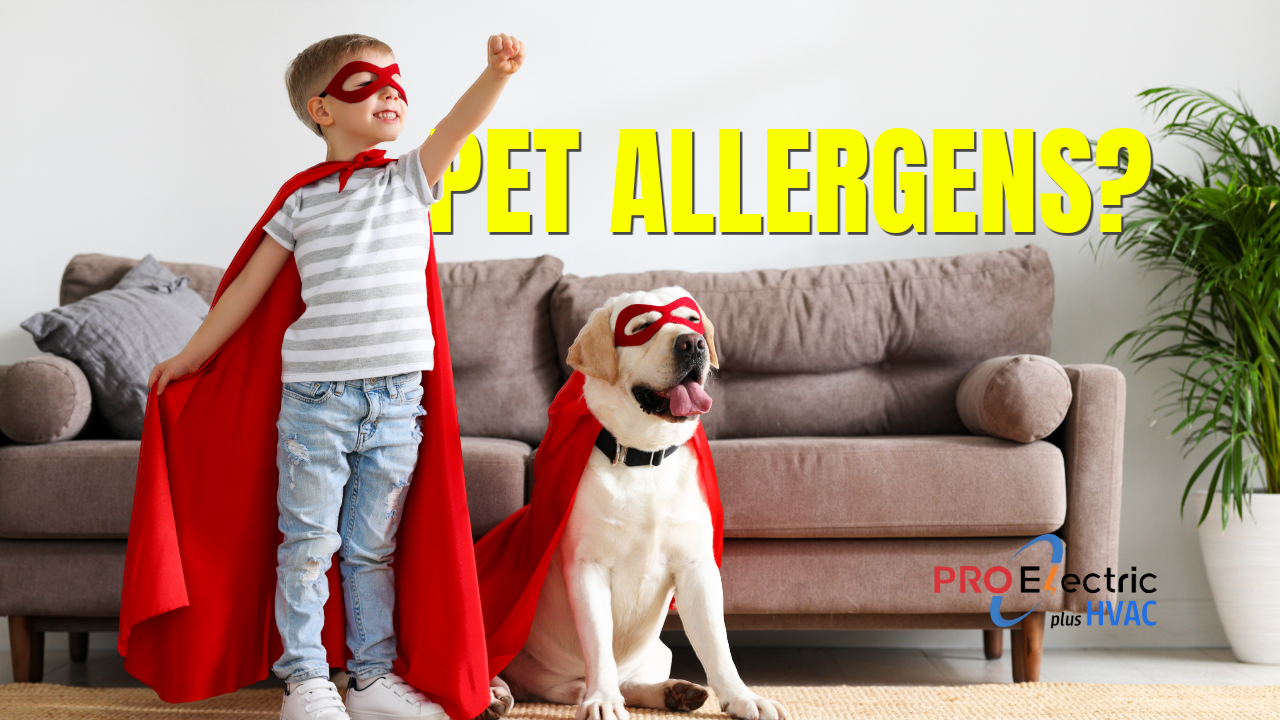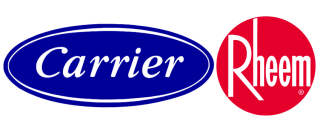Add a dog or cat to your life, and the space can be full of the happiness, companionship, and wholeness that only a pet can provide.
And then your young kid starts sneezing, scratching, or sneezing so hard he can barely breathe, and the situation worsens.
How to cope with the difficulties of having pets if your children are dog—or cat-allergic is not about treating symptoms but about balancing the emotional demands of the family with health and safety.
When you love a pet so completely but also love your child so much, is it OK not to have a healthy child?
Let’s examine the complexities of what happens when dogs, cats, and childhood allergies cohabit in the same house.
-
Pet hair accumulation
-
Allergy flare-ups
-
Frequent sneezing episodes
-
Itchy, watery eyes
-
Skin irritations
-
Respiratory issues
-
Asthma triggers
-
Medication needs
-
Limited pet interaction
-
Emotional distress
-
Cleaning challenges
-
Air quality concerns
-
Restricted pet areas
-
Hypoallergenic pet options
-
Frequent vacuuming
-
Allergy testing
-
Doctor visits
-
Pet dander presence
-
Housekeeping demands
-
Reduced sleep quality
-
Sanitizing surfaces
-
Air purifier necessity
-
Washing bedding often
-
Limiting pet access
-
Potential pet rehoming
-
Increased allergy symptoms
-
Pet odor concerns
-
Allergy-proof bedding
-
Frequent hand washing
-
Limiting pet cuddles
-
Allergy management plans
-
Pet-free bedrooms
-
Over-the-counter meds
-
Allergy shots consideration
-
Educational challenges
-
Social limitations
-
Stress on family
-
Costly medical bills
-
Behavioral issues
-
Compromised immunity
-
Reduced outdoor play
-
Pet grooming expenses
-
Installing HEPA filters
-
Emotional guilt
-
Allergy-friendly pets
-
Reduced home visits
-
Allergic reactions
-
Frequent laundry loads
-
Allergy-induced fatigue
-
Difficult pet decisions
Which Dog Breeds Have the Highest and Lowest Amount of Allergens?
Knowing which dog breeds are more allergenic can help you make educated choices for your family in terms of pet allergies.
All dogs make allergens, mostly proteins, which they release through their dander (dead skin cells), saliva, and urine. However, some breeds produce more allergens than others, and some breeds are more appropriate for allergy sufferers.
Dogs That Typically Carry Higher Amounts of Allergens
-
German Shepherds: Heavy shedders with dense undercoats, releasing more dander.
-
Basset Hounds: Known for oily skin and drooling, spreading allergens easily.
-
Cocker Spaniels: Thick, long coats that trap and release allergens.
-
Siberian Huskies: Double-coated and shed heavily, increasing allergen spread.
-
Labrador Retrievers: Popular but shed year-round, producing more dander.
-
Saint Bernards: Large size and excessive drooling contribute to allergen levels.
-
Bulldogs: Prone to skin issues and drool, both allergen sources.
-
Boxers: Short hair but shed and produce dander significantly.
-
Dachshunds: Moderate shedders with potential for higher dander production.
-
Pekingese: Long-haired and shed, spreading more allergens around the home.
Dogs That May Produce Fewer Allergens (Often Considered Hypoallergenic)
-
Poodles (Toy, Miniature, Standard): Curly, non-shedding coats trap dander.
-
Bichon Frise: Fluffy coat that doesn’t shed much, reducing allergen spread.
-
Portuguese Water Dogs: Low-shedding curly coats ideal for allergy sufferers.
-
Maltese: Silky hair instead of fur, sheds minimally.
-
Schnauzers (Miniature, Standard, Giant): Wiry, low-shedding coats.
-
Shih Tzu: Hair-like coat that sheds less and holds dander.
-
Havanese: Long, silky coat that doesn’t shed heavily.
-
Yorkshire Terriers: Small size and minimal shedding reduce allergens.
-
Basenjis: Short hair and minimal shedding; known as “barkless dogs.”
-
Chinese Crested: Hairless variety has less hair to trap allergens.
Key Dog Considerations
- No Dog Is Completely Allergen-Free: Even breeds labeled as hypoallergenic can produce allergens. Individual reactions vary greatly.
- Spend Time with the Breed: Before adopting, interact with the specific breed to gauge any allergic reactions.
- Regular Grooming Helps: Frequent baths and grooming can reduce dander and saliva buildup.
- Home Environment Matters: Using HEPA filters, keeping the home clean, and restricting pet access to certain areas can minimize allergen exposure.
Which Cat Breeds Have the Highest and Lowest Amount of Allergens?
And when it comes to cat allergies, knowing which cats will have a higher or lower amount of allergens can make the difference for your family.
Cat allergens arise from proteins in their saliva, skin (dust) and urine.
All cats make these allergens, but some are better for allergy sufferers because they make fewer or their coats shed less.
Cats That Typically Carry Higher Amounts of Allergens
-
Siamese: Vocal and active groomers, spreading saliva-based allergens.
-
Persian: Long-haired with thick coats that shed extensively.
-
Maine Coon: Large size and dense fur increase allergen dispersion.
-
Himalayan: Similar to Persians, with long hair trapping more dander.
-
Norwegian Forest Cat: Thick double coats shed seasonally, elevating allergens.
-
Sphynx: Hairless but produce oily skin secretions containing allergens.
-
British Shorthair: Dense, plush coats that shed, releasing dander.
-
Ragdoll: Long-haired and affectionate, increasing allergen exposure.
-
Scottish Fold: Moderate shedders with dense fur contributing to dander.
-
Bengal: Short-haired but active, spreading allergens through saliva and dander.
Cats That May Produce Fewer Allergens (Often Considered Hypoallergenic)
-
Siberian: Some produce less Fel d 1 protein despite long hair.
-
Balinese: Called “long-haired Siamese,” may have lower allergen levels.
-
Oriental Shorthair: Short, fine coat that sheds minimally.
-
Russian Blue: Dense coat but may produce fewer allergens.
-
Cornish Rex: Wavy, short coat with minimal shedding.
-
Devon Rex: Soft, curly coat that sheds less than average.
-
Javanese: Single-layer coat reduces shedding and dander.
-
LaPerm: Curly coat that may retain dander, reducing airborne allergens.
-
Colorpoint Shorthair: Similar to Siamese but may trigger fewer allergies.
-
Burmese: Short coat with less shedding can minimize allergen spread.
Key Cat Considerations
- No Cat Is Completely Allergen-Free: Even so-called hypoallergenic breeds produce some level of allergens. Individual reactions vary greatly.
- Fel d 1 Protein: The primary allergen in cats; some breeds may produce less, but this isn’t guaranteed.
- Spend Time with the Breed: Before adopting, interact with the specific cat to gauge any allergic reactions.
- Regular Grooming Helps: Frequent baths and grooming can reduce dander and saliva on the fur.
- Home Environment Matters: Using HEPA filters, keeping living spaces clean, and creating pet-free zones can minimize allergen exposure.
Do not force pet allergies to divide your children and their animal companions, whether it’s dogs or cats.
By leaving a superior-quality HEPA air filter to PRO Electric plus HVAC, you are taking a proactive measure to prevent pet allergens in your air.
Our team of professionals will ensure a healthier, more sanitary indoor space for you and your family to spend time with your pets without compromise on their health.
Contact us today and let’s join forces to make your home a paradise for your family and your pet.



